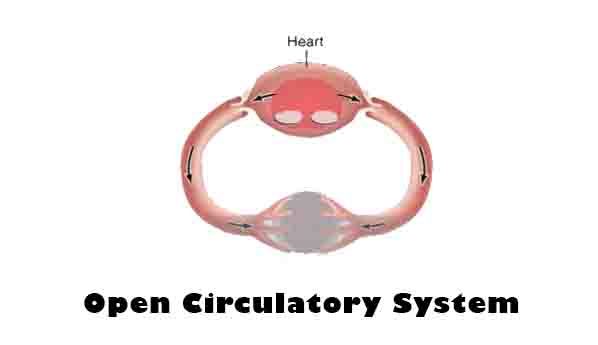Open Circulatory System Definition
In an open circulatory system, the blood suffuses the body instead of being sealed tight in arteries and veins, and may be directly exposed to the environment.
Hemolymph is used instead of blood in open circulatory systems. In animals with closed circulatory systems, hemolymph performs the functions of blood, lymph, and intestinal fluid.
An organism with an open circulatory system has a “hemocoel” instead of a complex system of veins and arteries. The hemocoel serves both as a digestive and circulatory cavity. There may be “arteries” in this hemocoel, but these arteries are not closed and do not circulate blood as quickly as closed, muscle-assisted arteries do.
Hemolymph from the lungs or breathing pores absorbs nutrients directly from food within the hemocoel. Hemolymph also contains immune cells, but does not contain red blood cells. Oxygen is carried throughout the body by pigments instead of hemoglobin in organisms with open circulatory systems.
Many animals with open circulatory systems have hearts, but the heart only pumps hemolymph to different cavities in the hemocoel. Blood and the oxygen and nutrients it contains must travel through these branches of the central body cavity and then return to the heart without the assistance of highly specialized pathways or muscle-assisted arteries.
Arthropods and most mollusks use open circulatory systems. The open circulatory system cannot transport oxygen efficiently enough to power large bodies, which is one or several reasons why giant insects aren’t found.
Mollusks like octopi and squid have evolved closed circulatory systems, despite being considered mollusks. Due to this, colossal squid are believed to reach almost 50 feet in length, and weigh up to 1,650 pounds!
Function of Open Circulatory System
All animals have circulatory systems that perform several vital functions. As a river, the circulatory system connects specialized cells in the body, enabling them to trade and communicate for survival.
All circulatory systems are required to perform a few essential functions. The following are among them:
- In order for cells to respire, oxygen must be transported
- Transporting nutrients from food, which are essential to cellular respiration and other processes
- Keeping the body’s waste products from accumulating to toxic levels, due to cellular respiration and other functions
- The transport of information between cells, such as hormones signaling hunger, thirst, oxygen deprivation, or other bodily needs.
- Infection-fighting immune cells are transported to any area of the body where they are needed.
These functions are performed by both blood and hemolymph.
These functions are highly efficient in closed circulatory systems because the blood vessels and blood cells are highly complex and specialized. Blood is pumped through your body in sixty seconds by a system of closed arteries lined with muscles. As well as carrying oxygen from your lungs to other tissues, your body has specialized blood cells.
In contrast, organisms with hemolymph systems lack these advantages; instead of a closed system of blood vessels, they have a central space called a hemocoel. The hemocoel contains pigments instead of blood cells that carry oxygen.
Small organisms with open circulatory systems must be small enough to allow hemolymph to reach all of their cells and deliver the essential elements for life without the aid of highly developed circulatory systems.
This is why arthropods and mollusks – the two major groups of organisms with open circulatory systems – are typically small. The tissues of giant ants and spiders would not be able to receive sufficient oxygen unless they developed closed circulatory systems.

